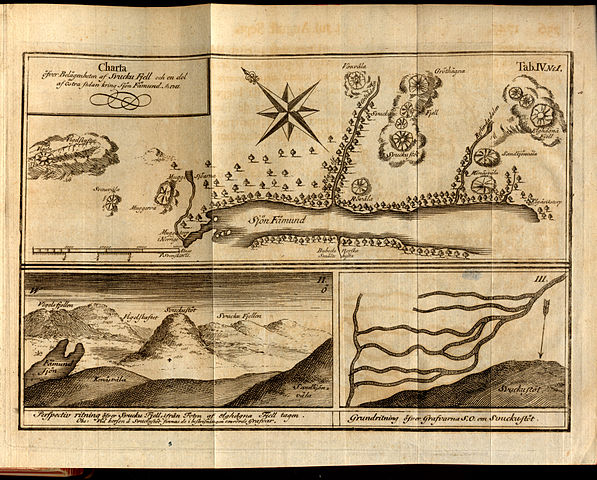 |
| Cabin view including ski tracks. |
Our yearly winter trip has become a fond tradition for me and my friends that now live scattered across Norway. Still we get together, almost all of us, every year.
We have run many different games over the years, but Warhammer FRP (1st and 2nd edition) have featured prominently with the occasional round of D&D, Kult (Swedish horror game) and EarthDawn.
This year we are going to do something that I have been looking forward to for a long time. Running one of my favorite modules: X1 The Isle of Dread by Tom Moldway and David Cook. I do not think I need to tell people why X1 is great, this great person has done so and this great person as well.
With my personal nostalgia out of the way, I will turn to how I have been preparing to run it.
I am using the module with D&D 5e, so there is something new as well as something traditional. I am also leaning on the play test version of the module as well as the original version (and even a Norwegian translation of the module from the Norwegian edition of the Mentzer Basic D&D Expert-rules, aka “Blåboka” in Norwegian).
So how to prepare the sandbox?
 |
| Isle of Dread module-cover (1983 cover) |
I have read somewhere (but I cannot remember the source) that a sandbox is about emergent stories.
Not the stories you, as a DM might want to tell, but the stories that you as players (the DM also being a player) find as you explore.
Sowing adventure seeds
Consequently, I have spent my prep time taking the seeds that are already in the module and trying to fill them with good stuff.The first thing I did was hack the encounter tables. There are significant variations between the play test encounter tables and the original ones. I wanted to stay close to the original ones but I had to remove a few monsters because I did not have the time to convert them. Weighing the different results of an encounter table is also a fun exercise and it lets me prefer some encounters to others without implementing the quantum ogre.
The second thing I did was create rival NPC adventuring parties. This is not in the play test version, but the rival adventuring parties suggested in the original module are nice and I love making NPC parties. Now I have an evil band of adventurers looking for a temple, a neutral band of treasure hunters and a good pair of adventurers looking for a powerful fey.
The third was creating a web of relationships between the village chieftains, their witch doctors and war chiefs. I made a few choices and clarifications about how the villages and clans of the module interact. Adding some political intrigue to this module is exiting because the structure of clans in the villages opens up another level of complexity.
The last point was writing a paragraph of additional detail about the major encounters on the island. Detailing the current plans and some personality traits of the leaders of the isle have really made the island come alive.
Improvisation
Another reflection after preparing this module is that the loose structure is very useful for providing the DM with a room for improvisation without having to resort to railroading the players. In other words, the undefined parts of the module are actually the most exiting parts because it is where the players have room to unfold their ideas and plans (or schemes…)I have made sure there is still enough room for those on the Isle of Dread.


